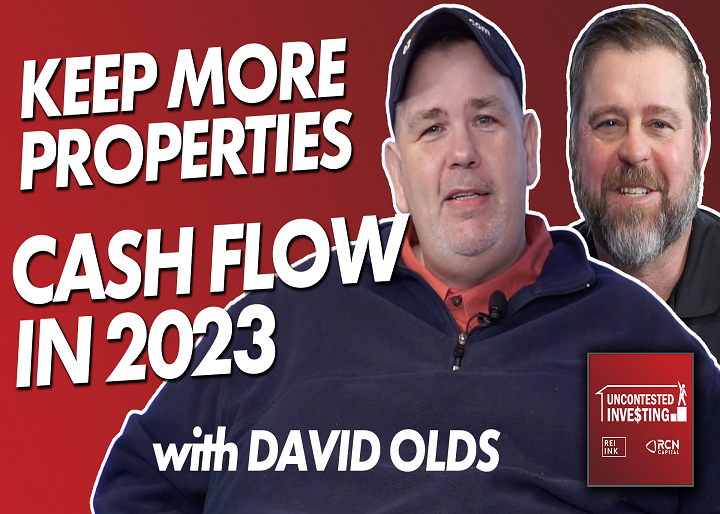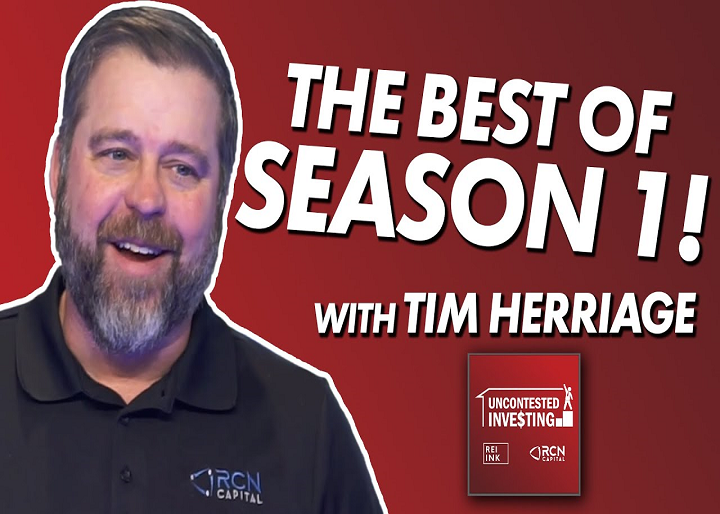The Startling Future of Generational Wealth and Rent Cycles
Lacey Brutschy is one of the most influential real estate investors on social media today. She is a real estate development and residential sales expert based in the DFW area, and she is on the show today to help us better understand what’s happening in today’s market. Listen now to learn more about Lacey, the DFW market, and what we should be expecting based on what’s currently happening in the
Read More












